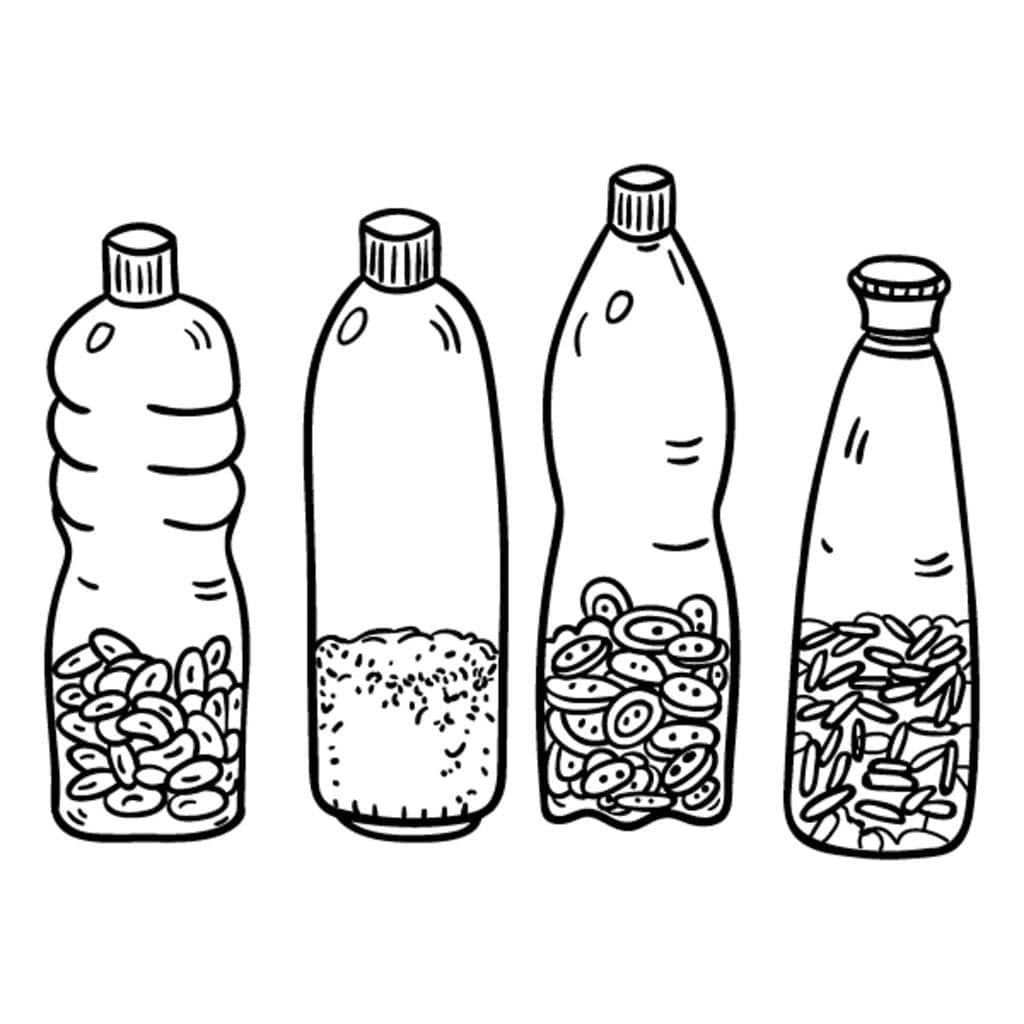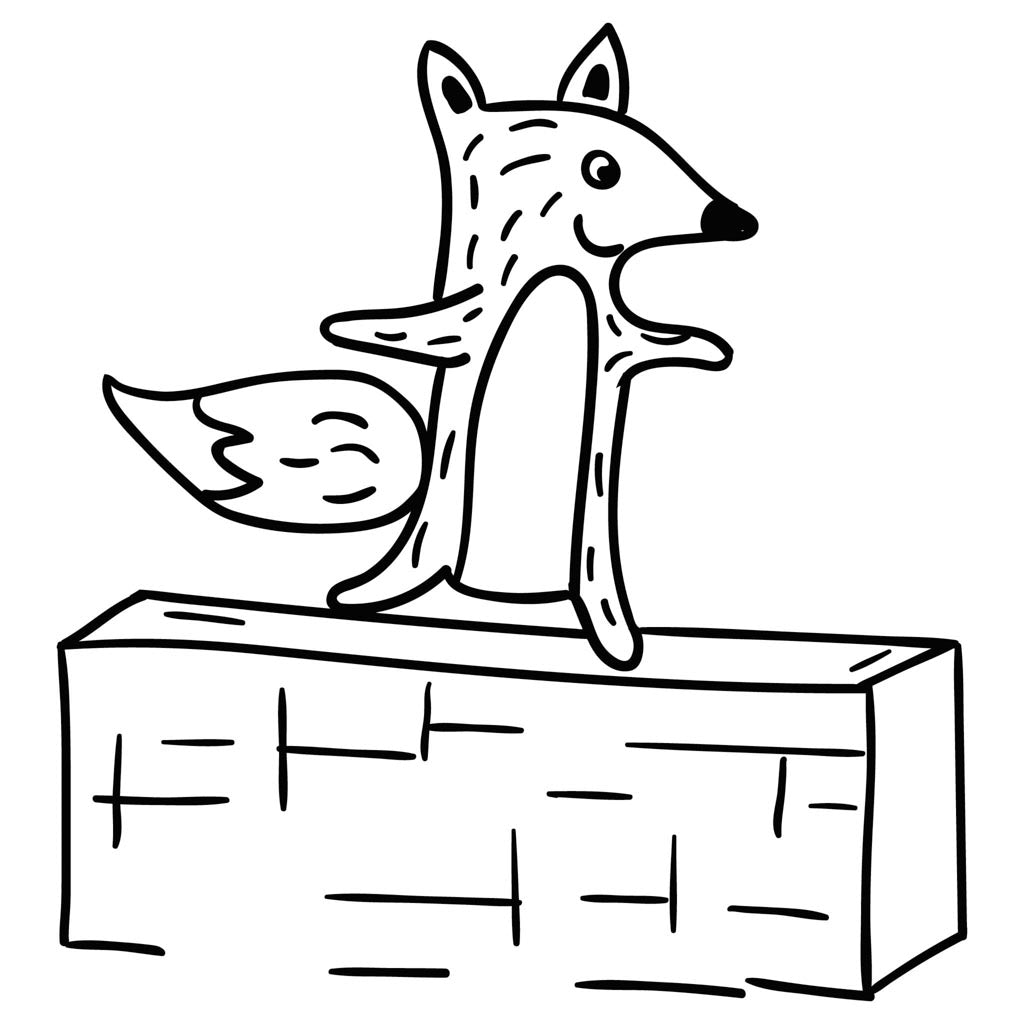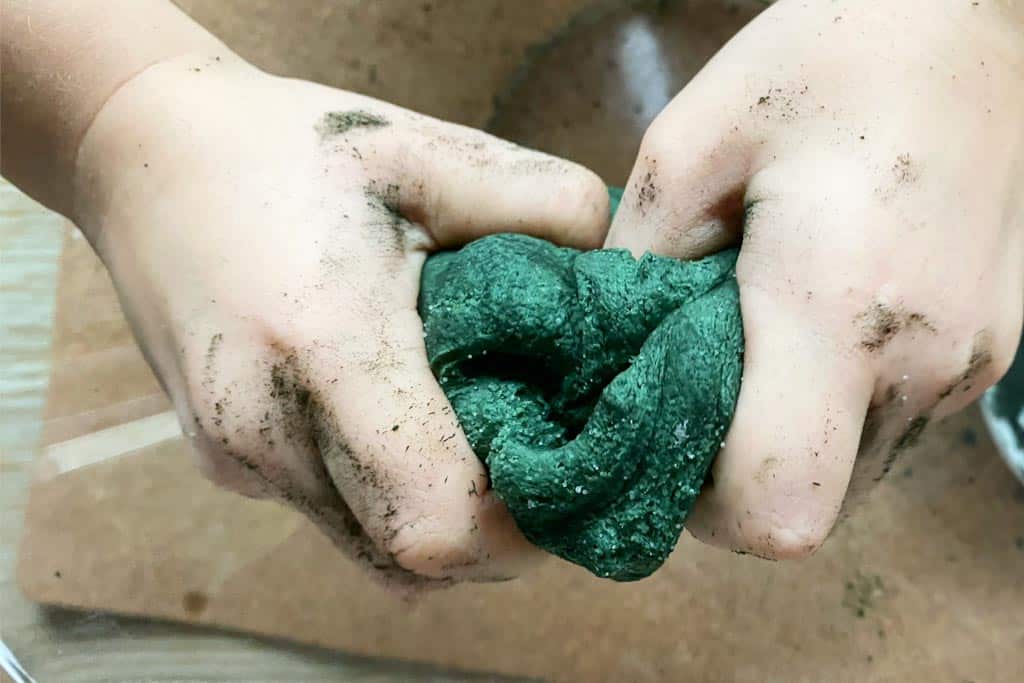Take a water bottle.
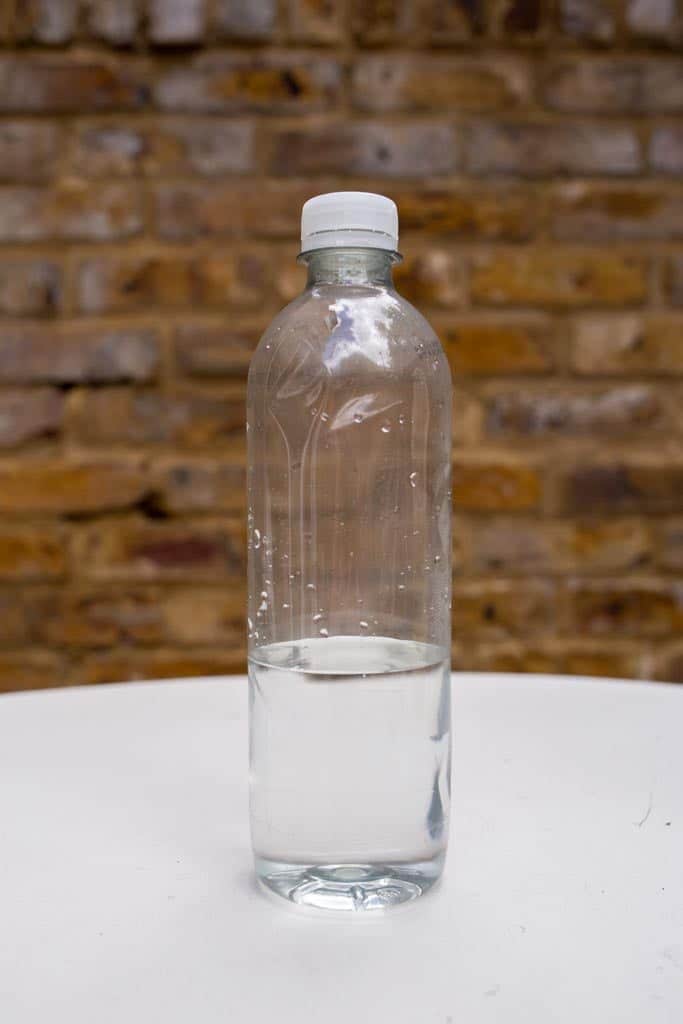
Add some water and food dye:
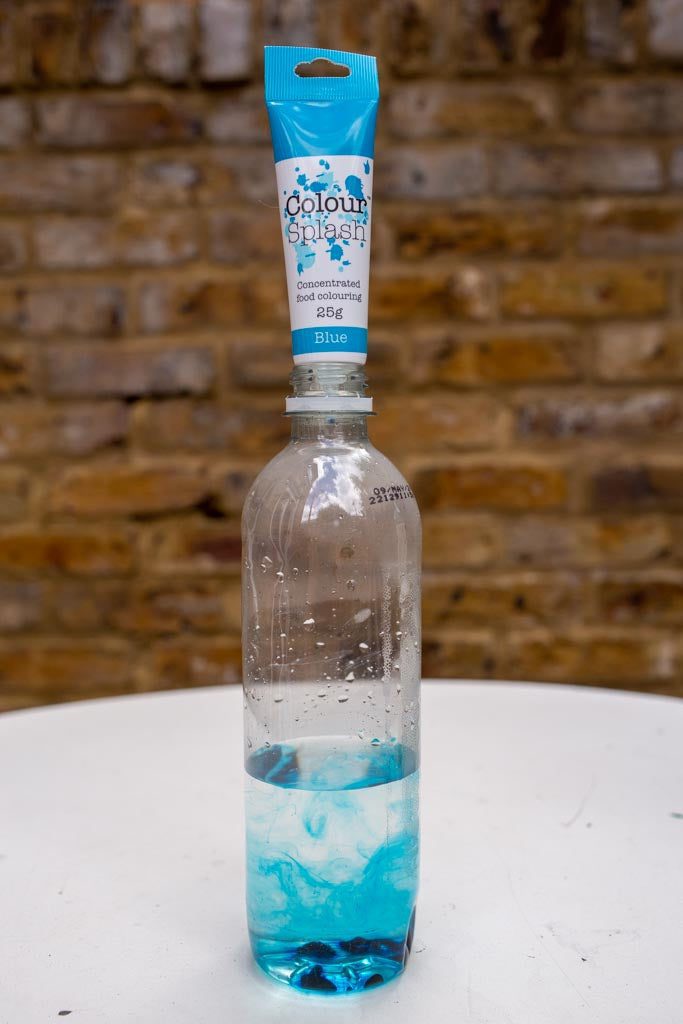
And some vegetable oil:
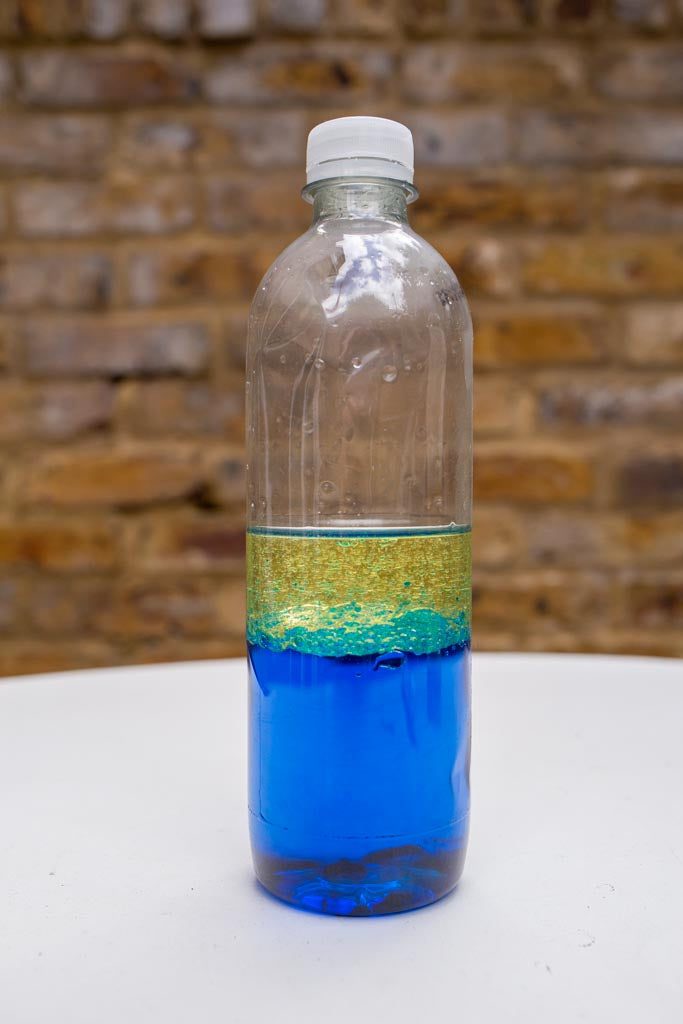
Oil and water don’t mix, which makes for a nice effect when you shake it:
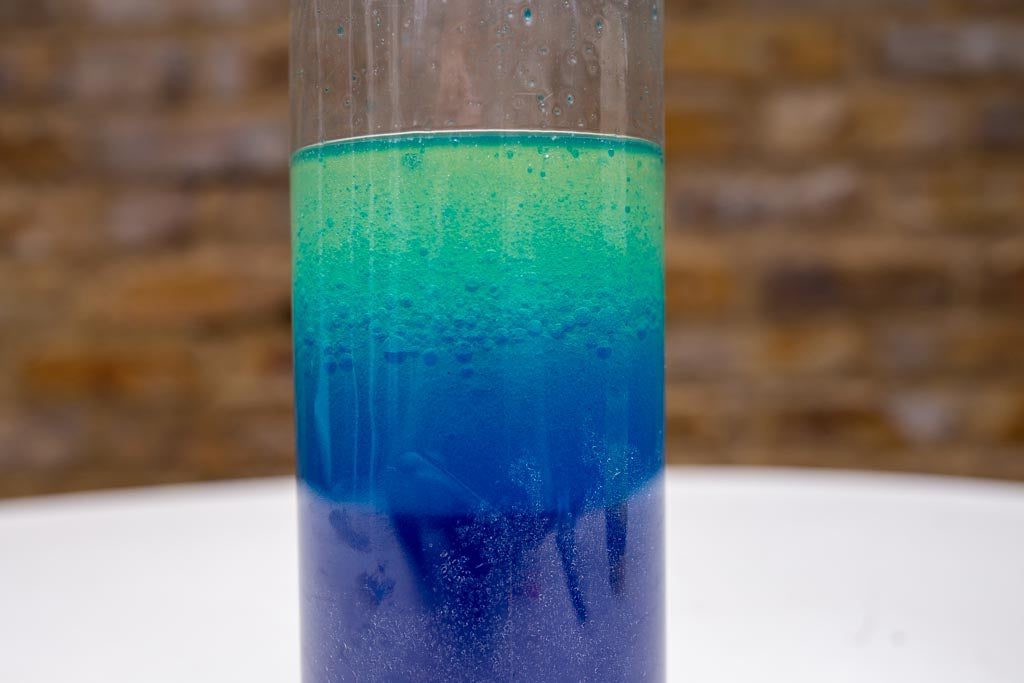
You can get even bigger bubbles if you cool the liquid in the fridge.
It’s a DIY lava lamp. Watch the oil as it circulates and settles. It is mesmerising.
This is a discovery bottle.
Not all discovery bottles look like this. In fact, they can contain anything at all.
In essence, they are plastic water bottles filled with interesting things that you can tip or shake.
They give you many of the benefits of messy play without the hassle of the clean-up. They are also a quick and easy way to introduce sensory play.
If you Google ‘discovery bottle ideas’, you’ll get things like this:
- Add a teaspoon of glcyerin to water, mix in some glitter and you have a snow globe.
- Fill it with sand and a small toy and you have a game of hide and seek.
- Take seven bottles. Fill the first with only red objects, the second with only orange, etc.
This kind of play is fun, but it doesn’t really go anywhere. It’s amusing for a while but then the interest fades.
But it looks nice on Instagram, so that’s OK, isn’t it?
We can do better.
What’s the right way to make discovery bottles?
The clue is in the name.
The bottles should be about discovery.
A toddler might enjoy comparing three bottles, filled with water, oil and honey. What can she learn about viscosity by tipping them upside down and seeing how runny the liquids are?
What can she learn about ‘pouring’ solids by comparing bottles filled with flour, sand and gravel?
What can she learn about sound by filling the bottles with three different sizes of buttons or beads?
There’s no limit to what you can do with discovery bottles.
For me, the power lies in comparison. Fill one bottle with ice and the second with ice that is slightly melting. Observe how they behave and how this changes over time.
Fill one bottle with sand and one with water. Lie them on their side and see how they roll.
Experiment, observe and discover.
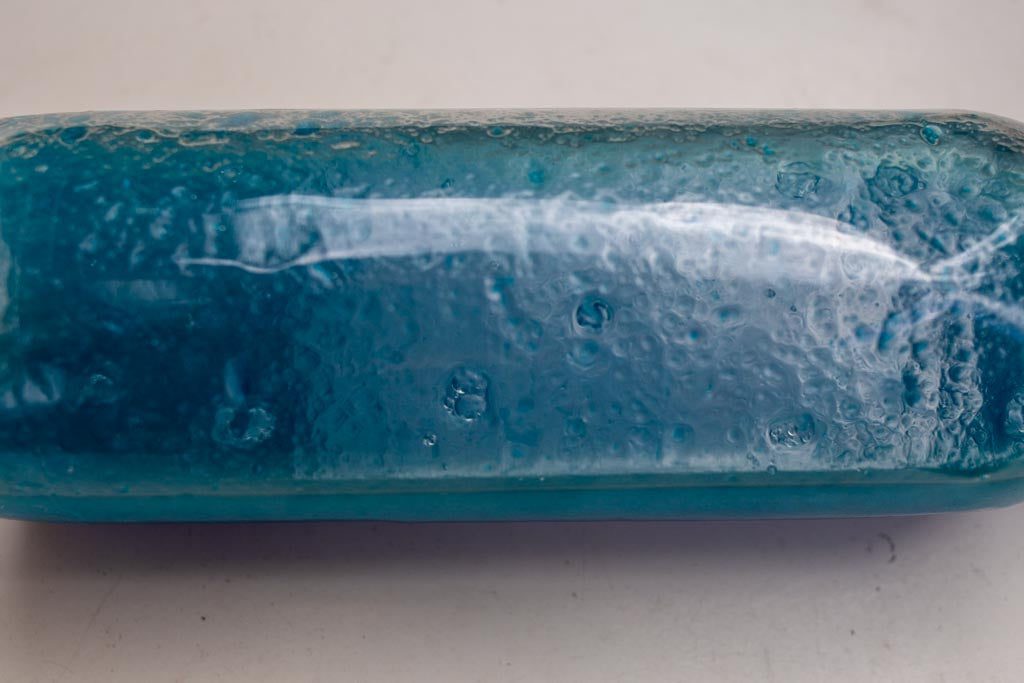
Safety
Discovery bottles should be safe. Beads are a choking hazard and you don’t want to get blue oil on your rug.
The trick is to glue the lid on. Choose a waterproof plastic glue, especially if you are filling your bottles with liquid. Superglue works well but make sure to limit it to the inside of the bottle cap, especially if it’s for a baby in the mouthing stage.
If you’d like to learn more about discovery bottles (and you have a toddler), consider joining us in A Year With My Child. We’ll be featuring them in more depth in an upcoming module.

